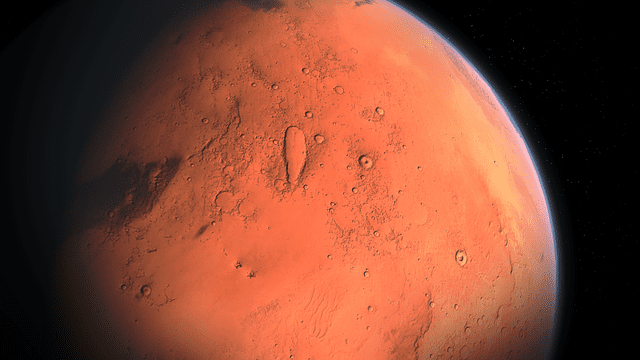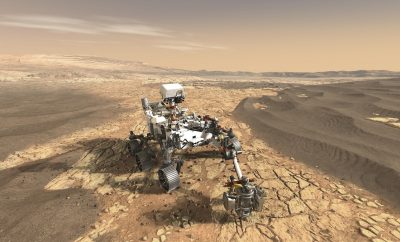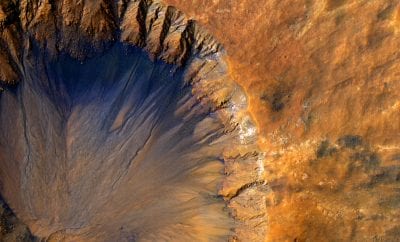
News
NASA Has Discovered Organic Matter ‘Fundamental to Life’ on Mars
On Thursday, NASA announced that its robotic explorers on Mars have identified several complex organic molecules on the red planet’s surface. These molecules are consistent with being the possible building blocks for ancient life. While this still does prove the existence of extraterrestrial life, it certainly is a step in the direction of potential life on Mars billions of years ago.
 The discovery, published on Thursday by the journal Science, is longtime in the making. In 1976, NASA’s two Viking landers were the first to conduct experiments in search of organic matter on Mars, but until now, they had appeared to come up empty. Additionally, NASA discovered the presence of methane, which is another organic molecule that can be produced by living beings, on Mars. The result of this finding could make for further discovery for future missions to ascertain the source of the methane. Ken Williford, an astrobiologist at NASA’s Jet Propulsion Laboratory, told the Washington Post “it makes us more confident that if biomarkers are there we might find them.”
The discovery, published on Thursday by the journal Science, is longtime in the making. In 1976, NASA’s two Viking landers were the first to conduct experiments in search of organic matter on Mars, but until now, they had appeared to come up empty. Additionally, NASA discovered the presence of methane, which is another organic molecule that can be produced by living beings, on Mars. The result of this finding could make for further discovery for future missions to ascertain the source of the methane. Ken Williford, an astrobiologist at NASA’s Jet Propulsion Laboratory, told the Washington Post “it makes us more confident that if biomarkers are there we might find them.”
The organic matter was found in pieces of solidified mud that was drilled out of the ground in Gale Crater on Mars by the Curiosity rover in 2015. The rocks were said to have been formed over 3.5 billion years ago in this ancient lake when the once abundant water source dried out. The experiment involved scientists heating the rock fragments to more than 900 degrees Fahrenheit, followed by a close inspection of the molecules that wafted away.

Astrobiologist Jennifer Eigenbrode of NASA’s Goddard Space Flight Center said “What we have detected is what we would expect from a sample from an ancient lake environment on Earth.” While it is possible that there are explanations for the presence of these molecules, it does not detract from Nasa’s technical achievements of being able to examine ancient molecules on a terrestrial planet. It also demonstrates that organic molecules can exist on Mars’s surface for billions of years. The space agencies of Europe, Russia and many others, plan to drill deeper and more widely on the surface, which begs the question of what else they might find.
NASA plans to launch the Mars 2020 mission, where it will expand the robotic exploration of the planet. The mission will address high-priority goals for Mars exploration, including the search for signs of ancient life. The 2020 rover will introduce an upgraded drill that will be able to retrieve samples of the planets core, with the goal of bringing these samples back to Earth. With so many plans being set forward, this is an exciting time for mankind, as we begin the next stage of exploring Mars and gaining a greater understanding of the many mysteries it holds.





0 comments